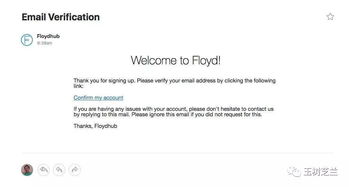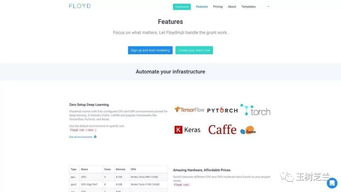Understanding Amazon’s Payment Structure

Getting paid from Amazon can be a straightforward process once you understand the structure and requirements. Whether you’re a seller on Amazon’s platform or a third-party vendor, here’s a detailed guide on how to get paid from Amazon.
1. Setting Up Your Amazon Account

Before you can start earning money on Amazon, you need to set up an account. This involves creating a seller account, which can be done by visiting Amazon’s Seller Central and following the registration process. You’ll need to provide some basic information, such as your name, contact details, and business information.
2. Choosing a Selling Plan

Amazon offers two types of selling plans: Individual and Professional. The Individual plan is free to join and costs $0.99 per item sold, while the Professional plan costs $39.99 per month but doesn’t charge per-item fees. Choose the plan that best suits your business needs.
3. Adding Products to Your Store
Once your account is set up, you can start adding products to your store. You can list products manually or use Amazon’s bulk upload feature. Ensure that your product listings are detailed and accurate, including high-quality images and clear descriptions.
4. Understanding Amazon’s Payment Schedule
Amazon pays sellers on a regular schedule, typically every two weeks. The payment schedule can vary depending on your country and the type of selling plan you have. Here’s a general overview:
| Payment Schedule | Payment Frequency |
|---|---|
| U.S. and Canada | Every two weeks |
| Europe | Every two weeks |
| Other countries | Every two weeks or monthly, depending on the country |
5. Receiving Payments
Amazon offers several payment methods, including direct deposit, wire transfer, and check. Choose the method that works best for you. Here’s how to set up payment methods:
- Log in to your Amazon Seller Central account.
- Go to the “Settings” tab and select “Payment Settings” from the dropdown menu.
- Under the “Payment Methods” section, click on “Add a Payment Method” and follow the instructions.
6. Tax Considerations
As a seller on Amazon, you may be required to collect and pay taxes on your sales. The tax requirements vary depending on your location and the type of products you sell. It’s important to understand your tax obligations and comply with local tax laws.
7. Understanding Amazon’s Fees
Amazon charges various fees for selling on its platform, including referral fees, variable closing fees, and professional selling fees. Familiarize yourself with these fees to ensure you’re aware of the costs associated with selling on Amazon.
8. Monitoring Your Account
Regularly monitor your Amazon seller account to stay informed about your sales, inventory, and payments. Use the reports and analytics tools available in Seller Central to track your performance and make informed decisions.
9. Dealing with Disputes and Returns
As a seller, you may encounter disputes or returns from customers. It’s important to understand Amazon’s policies and procedures for handling these situations. Familiarize yourself with the process for resolving disputes and managing returns to ensure a smooth customer experience.
10. Continuous Improvement
Lastly, always look for ways to improve your selling strategy. Stay updated on Amazon’s policies and best practices, and consider investing in tools and resources that can help you grow your business.
By following these steps and staying informed about Amazon’s payment structure, you’ll be well on your way to getting paid from Amazon. Good luck with your selling journey!



